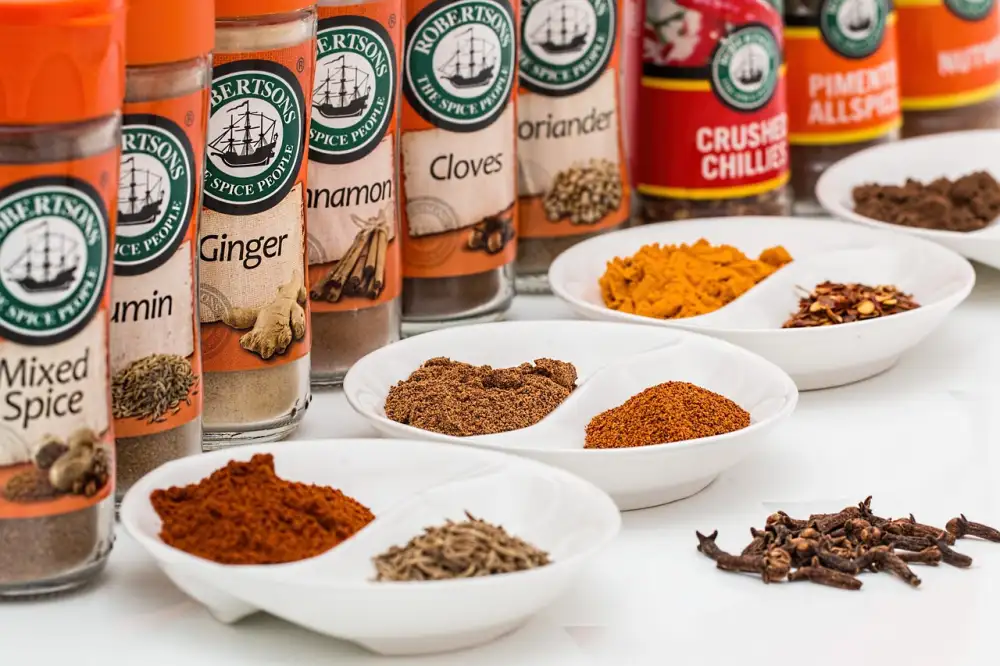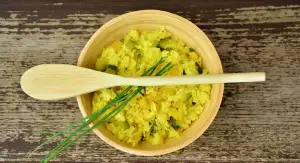Coriander vs. Cilantro: Unraveling the Culinary Distinction

Coriander and cilantro are two terms often used interchangeably, leading to confusion among many culinary enthusiasts. However, contrary to popular belief, coriander and cilantro are not the same thing. While they both come from the same plant, they refer to different parts of it and have distinct flavors. In this article, we will unravel the culinary distinction between coriander and cilantro, shedding light on their definitions, botanical differences, culinary uses, regional variations in terminology, health benefits, and tips for incorporating them into your recipes. Let's dive in and explore the fascinating world of coriander and cilantro!
Definition of coriander and cilantro
Coriander and cilantro are two terms often used interchangeably, but they actually refer to different parts of the same plant. Coriander refers to the seeds of the plant, while cilantro refers to the leaves and stems. Both coriander and cilantro have distinct flavors and are widely used in various cuisines around the world. Understanding this distinction is essential for culinary enthusiasts looking to explore new flavors and enhance their cooking skills.
Botanical differences between coriander and cilantro
Coriander and cilantro may be used interchangeably in some culinary contexts, but they are actually different parts of the same plant. Coriander refers to the seeds of the plant, while cilantro refers to the leaves and stems. Botanically speaking, coriander (Coriandrum sativum) is an herbaceous annual plant that belongs to the Apiaceae family. It grows up to 2 feet tall and produces small white flowers that eventually develop into round, ribbed seeds. Cilantro, on the other hand, refers specifically to the fresh leaves and tender stems of the coriander plant. These leaves have a distinct flavor that is often described as citrusy and slightly peppery. Understanding this botanical distinction is important when it comes to using coriander and cilantro in various recipes.
Culinary uses of coriander and cilantro
Culinary uses of coriander and cilantro are diverse and vary across different cuisines. Coriander seeds are commonly used as a spice in dishes like curries, soups, and stews. They have a warm, citrusy flavor that adds depth to the dish. Cilantro leaves, on the other hand, are often used as a fresh herb in salads, salsas, and garnishes. They have a bright, zesty taste that adds freshness to the dish. Both coriander and cilantro can be used together to enhance the overall flavor profile of a recipe. Their versatility makes them popular ingredients in many culinary traditions around the world.
Regional variations in terminology
Regional variations in terminology can add to the confusion surrounding coriander and cilantro. In many English-speaking countries, the term coriander refers to both the leaves and seeds of the plant, while cilantro specifically refers to the leaves. However, in some regions, such as the United Kingdom, Australia, and New Zealand, coriander exclusively refers to the fresh leaves, with the seeds being called coriander seeds. This distinction is important to note when following recipes from different regions or when purchasing ingredients in international markets. Understanding these regional variations can help avoid any misunderstandings and ensure that you are using the correct ingredient in your culinary creations.
Health benefits and nutritional value of coriander and cilantro
Coriander and cilantro not only add flavor to dishes, but they also offer numerous health benefits. Both herbs are rich in antioxidants that help fight inflammation and protect against chronic diseases. They are also a good source of vitamins A, C, and K, as well as minerals like potassium and manganese. Coriander has been shown to aid digestion and reduce bloating, while cilantro may help lower cholesterol levels. Incorporating these herbs into your diet can boost your immune system and promote overall well-being.
Tips for using coriander and cilantro in recipes
1. Use coriander seeds to add a warm, citrusy flavor to marinades, curries, and roasted vegetables. Crush the seeds before adding to release their aroma.
2. Fresh cilantro leaves are best used as a garnish or added at the end of cooking to retain their vibrant flavor. They pair well with Mexican, Indian, and Thai dishes.
3. To preserve cilantro's freshness, store it in a glass of water in the refrigerator with a plastic bag loosely covering the leaves.
4. Coriander leaves can be used in salads, salsas, or pesto for a refreshing taste. They can also be blended into dressings or sauces for an added zing.
5. Experiment with combining coriander and cilantro in your recipes for a complex and balanced flavor profile.
Remember that both coriander and cilantro have strong flavors, so start with small amounts and adjust according to your taste preferences. Enjoy exploring the versatility of these herbs in your culinary creations!
In conclusion, it is clear that coriander and cilantro are not the same, despite being derived from the same plant. Coriander refers to the seeds of the plant, while cilantro refers to the leaves and stems. Their distinct flavors and aromas make them essential ingredients in various cuisines around the world.
By understanding their botanical differences, culinary uses, regional variations in terminology, and health benefits, we can fully appreciate the unique qualities that coriander and cilantro bring to our dishes. Whether you're adding coriander seeds for a warm and earthy flavor or using cilantro leaves for a fresh and citrusy kick, these herbs are sure to elevate your culinary creations.
So next time you come across a recipe calling for coriander or cilantro, remember their distinct roles in enhancing flavors. Experiment with both to discover your personal preferences and enjoy the delightful nuances they bring to your dishes.
Published: 18. 11. 2023
Category: Recipes



